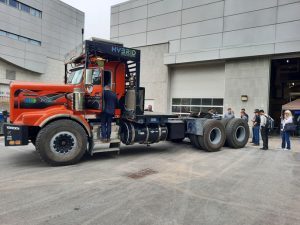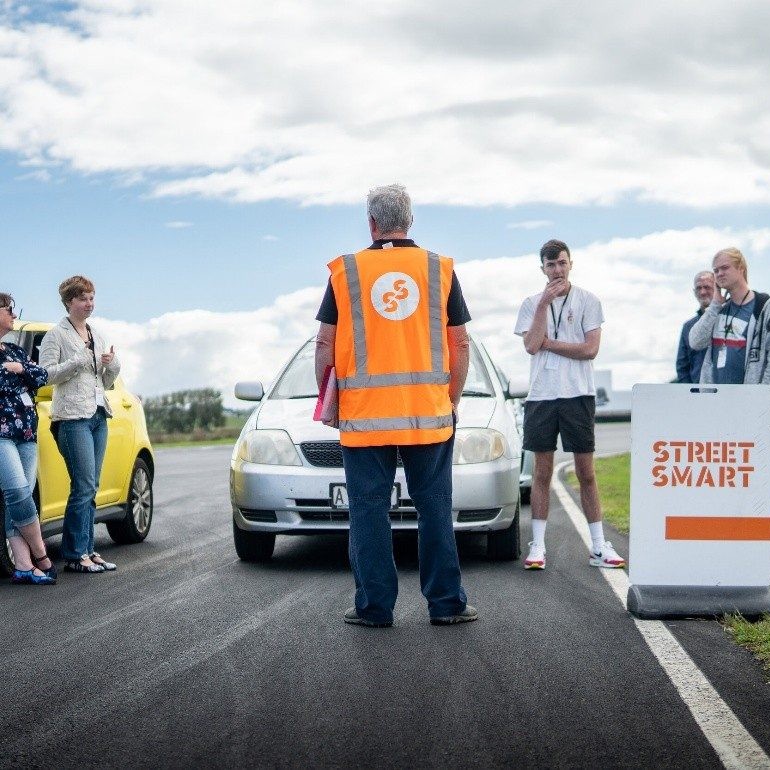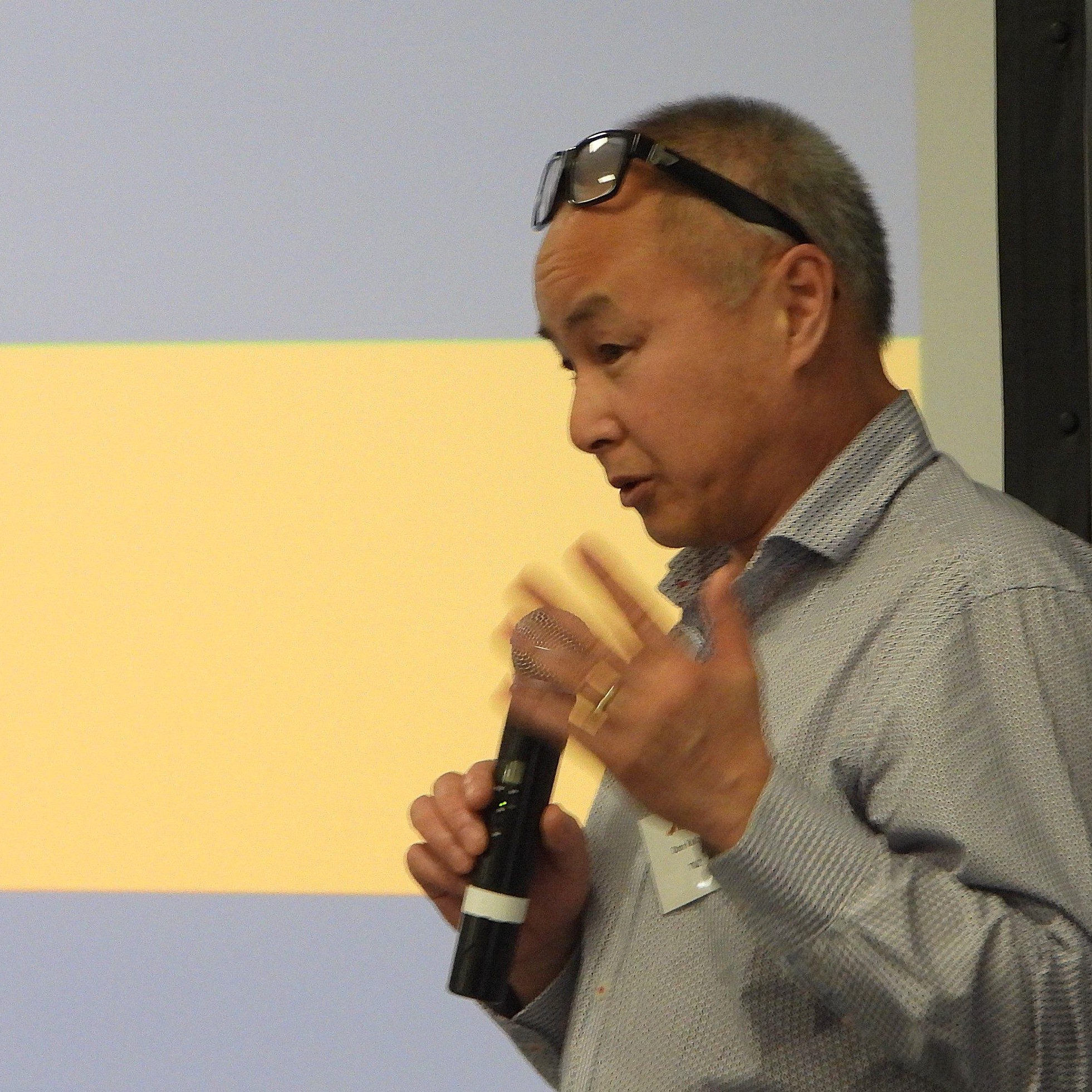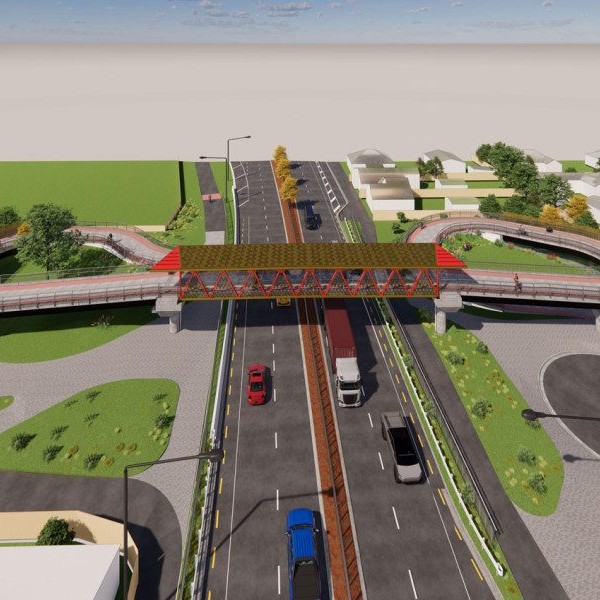
I was one of three New Zealanders at the Heavy Vehicle Transport and Technology HVTT18 symposium at Laval University, Quebec, Canada last week. It was a grim time for us all.
As we talked about what we heard from the speakers, the main feelings we shared were frustration and a bit of depression.
In fact, one of my Kiwi colleagues who has had a long association in the transport area, described his feeling as “despair”!
Our feelings were a result of seeing what other countries are doing and lamenting why we are not making the same progress back home.
In fact, our situation is even worse than making minimal progress – we are suffering from a reluctance to consider meaningful shifts in transport productivity.
Our officials’ current efforts are simply tinkering around the edges with changes, as demonstrated by the Land Transport Rule, Regulatory Systems Rule Amendment (RSRA) 2025 for which consultation has just been completed. NZTA describe the changes as 41 small or discrete amendments to Land Transport Rules. These won’t contribute to a meaningful shift in anything.
While in New Zealand we are trying to convince officials that we can remove the yellow H plate from trucks, countries in Europe are considering combination lengths of 32-34 metres and 72-74 tonnes.

There is simply no rational reason or justification for not making meaningful productivity changes in road transport. In fact, given the opportunity cost and the regret cost, not getting stuck in and doing something more meaningful is harmful.
I chaired a session with presentations and papers on improved freight productivity in China, Australia and the Netherlands. The transportation researcher who presented there is also an economist, and described what he saw as a paradigm shift in the industry.
He said in earlier years the main driving force for improved productivity was “economic benefits” but this was no longer the case. His view was that there are so many challenges now – economic, environmental, and social – that progressing heavy vehicle productivity is now a “necessity”.
In my view it is really important we need to look at what the rest of the world is doing and what quality research and science is showing us.
This Symposium was the 18th one of a series that started nearly 40 years ago and one I’ve been very fortunate to be closely involved in it for over half that time. I am a Board member and office bearer of the organisation.
These gatherings are unique in that they bring together an international group of regulators, academics, policy makers and industry specialists and the group can genuinely lay claim to demonstrating thought leadership.
HVTT’s most famous achievement to is the development of PBS, a computer simulated suite of dynamic performance measures and target levels that assess the safety and infrastructure (pavement) performance of heavy vehicle combinations. Without that system, most of the high productivity vehicles that now carry freight on almost every continent in the world would not exist.
This approach enables vehicle combinations to undertake the task in an optimal way for what the respective infrastructure allows.
Doing things the most productive way has multiple benefits, to safety by reduced risk exposure, and to sustainability, environmentally by reducing carbon emissions and socially by reducing workforce demands and economically by reducing cost.
It is about time New Zealand got serious about productivity.





